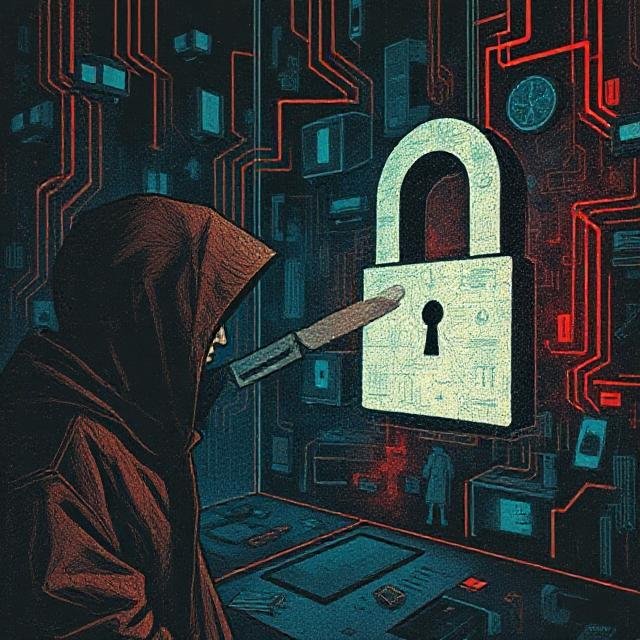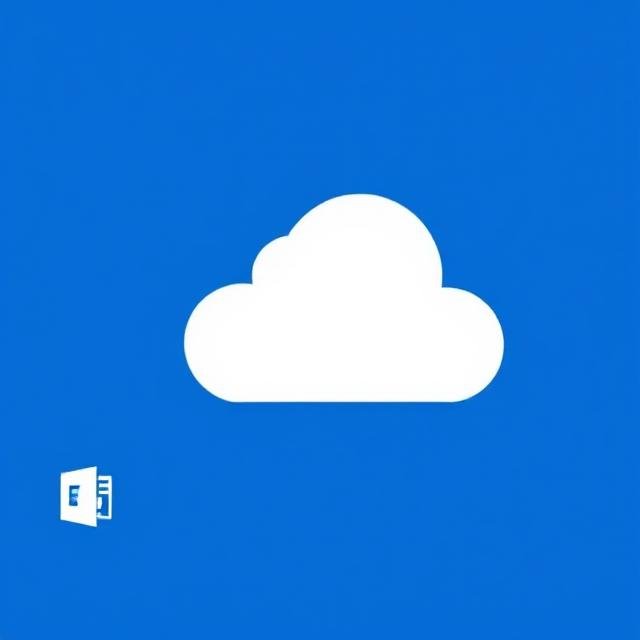Watch Out for Reply-Chain Phishing — The Sneaky New Twist in Email Attacks

Watch Out for Reply-Chain Phishing — The Sneaky New Twist in Email Attacks
Phishing remains the top method cybercriminals use to breach systems — and it’s not going away anytime soon.
In fact, 80% of security professionals have reported a significant rise in phishing attacks since the pandemic , especially with more employees working remotely. Unlike office networks that often include strong protections, home setups leave many users more vulnerable.
People are generally more aware of traditional phishing attempts today than they were years ago. But attackers are evolving too — and one of their most clever new tactics is reply-chain phishing .
This type of attack is especially dangerous because it doesn’t show up as a suspicious email from an unknown sender. Instead, it hides inside an ongoing email conversation — a reply thread you’re already part of.
What Is Reply-Chain Phishing?
Email reply chains are common in business communication. They allow multiple people to follow a conversation and respond directly to specific points.
Most users assume these threads are safe — after all, they’re made up of replies between trusted colleagues. That’s exactly what makes them the perfect disguise.
Here’s how it works:
A hacker gains access to one person’s email account within the chain — usually through stolen or weak credentials. Then, they insert themselves into the conversation by sending a reply that looks like it belongs.
For example, if a team is discussing a project called “Superbug,” the attacker might send a message like:
“I’ve put together some notes on the Superbug idea — here’s a link to check them out.”
The email looks legitimate:
- It comes from a known colleague
- It uses names and references from the conversation
- It continues the flow of the discussion
But the link leads to a malicious site designed to steal credentials or install malware.
Why This Attack Is So Dangerous
Reply-chain phishing is effective because it bypasses the usual red flags people look for in phishing emails:
- No strange sender address
- No urgent or unusual request tone
- No grammatical errors or odd formatting
Instead, it blends in with normal business communication — making it much harder to detect.
And with business email compromise (BEC) attacks rising sharply — affecting 77% of organizations in 2021 — this method is only expected to grow.
How to Protect Your Team from Reply-Chain Phishing
Here are practical steps to reduce your risk:
🔐 1. Use Strong Passwords & a Business Password Manager
Weak passwords and password reuse are major causes of breaches. A good password manager helps your team stay secure without needing to remember complex passwords.
🎯 2. Enable Multi-Factor Authentication (MFA)
Require additional verification when logging in — especially from unfamiliar devices or IP addresses. MFA significantly reduces the chances of account takeover.
🧠 3. Train Employees on Suspicious Emails
Raise awareness about subtle signs of phishing, even in familiar conversations. Encourage staff to double-check unexpected links or attachments — especially in long-running email threads.
🔍 4. Review Email Activity Logs Regularly
Monitor login activity on company email accounts for any suspicious behavior, such as logins from foreign countries or unusual times.
Don’t Let a Fake Reply Chain Cost You Everything
Cybercriminals are getting smarter — and they know how to use trust and familiarity to their advantage. With reply-chain phishing, your own inbox can become a trap.
Is your business email infrastructure secure enough to stop modern phishing threats? We can help you strengthen your defenses and protect sensitive data before it’s too late.
Reach out today to review your email security strategy.





